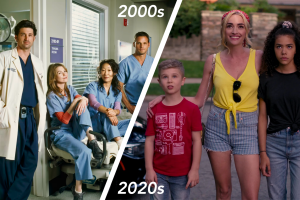The Evolution of BHS Dance Culture
February 3, 2016
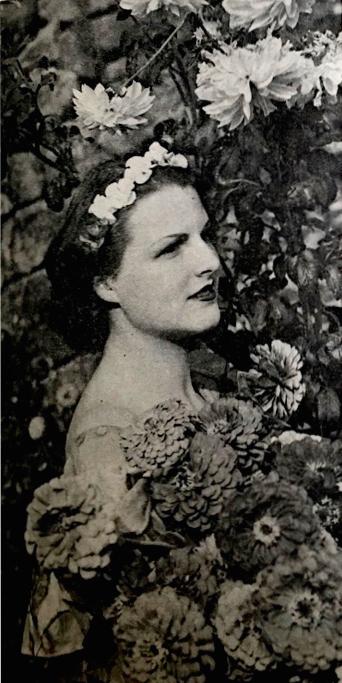
When our Journalism class came up with the idea of doing a spread on the evolution of BHS formal, we never realized how engrossing the story would become. With the help of the Yearbook staff, we obtained yearbooks dating all the way back to 1936. Our original goal was to track the style, music, dancing, and cost of the BHS Formal, but what we saw was more than just statistics and trends- we saw BHS culture evolve.
To the left is a woman posing for a photo. Blossoming roses surround her. The girl’s dress hangs by the edges of her shoulders. A headband lined with flowers runs across the top of her head. Even through the black and white photo, you can see the blood-red color of her lipstick. She stares off into the distance appearing to ignore the camera pointed at her altogether. Her name is Virginia Seagar, and she was the first ever “Miss Burlingame” (1936).
To the right is Beverly Keeling. She stands four inches above the ground in heels so white they blend into the background of the page. Above her heels is a pair of legs so long that they dwarf the top half of her body. Her hair is long, her posture is upright, and she proudly stares directly into the camera. She is the 1973 Miss Burlingame. While the idea of a school having a beauty award for its female students is an obviously outdated custom, these two women serve an important purpose in our school’s history. Seagar and Keeling reveal information about different times in our school. These pictures, and images like this, are just two of the hundreds of images we uncovered. They help us see Burlingame High School evolve into the school we know today. They let us see how the world around BHS changed and how BHS reacted. And of course, these pictures give us the pleasure of seeing how BHS partied. All the way from the swinging ‘30s to the rocking 60s to the hip-hop 90s, Burlingame never lost sight of the true purpose of school dances: getting funky.
The 1947 yearbook is the earliest date we can look into BHS’s dance life. The image shows a group of students slow dancing in Hawaiian shirts, skirts, and leis. Important to note is the amount of students who dressed up for the dance as there does not appear to be a single student in the room who is not dressed up in some form of Hawaiian attire. Contrast to last year’s 1920s themed formal where very few students decided to go with the theme. The 1947 dance appears to be taking place in the school gym, judging by the hardwood floors and what looks to be a free throw line on the floor. The room looks student-decorated and student-run and compared to today’s high-caliber venues and decorations, this dance looks underwhelming. But, despite the location and decorations, the students in the photo seem to be enjoying themselves.
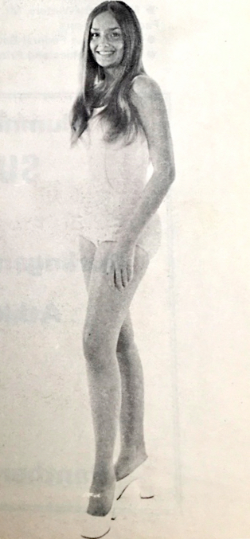
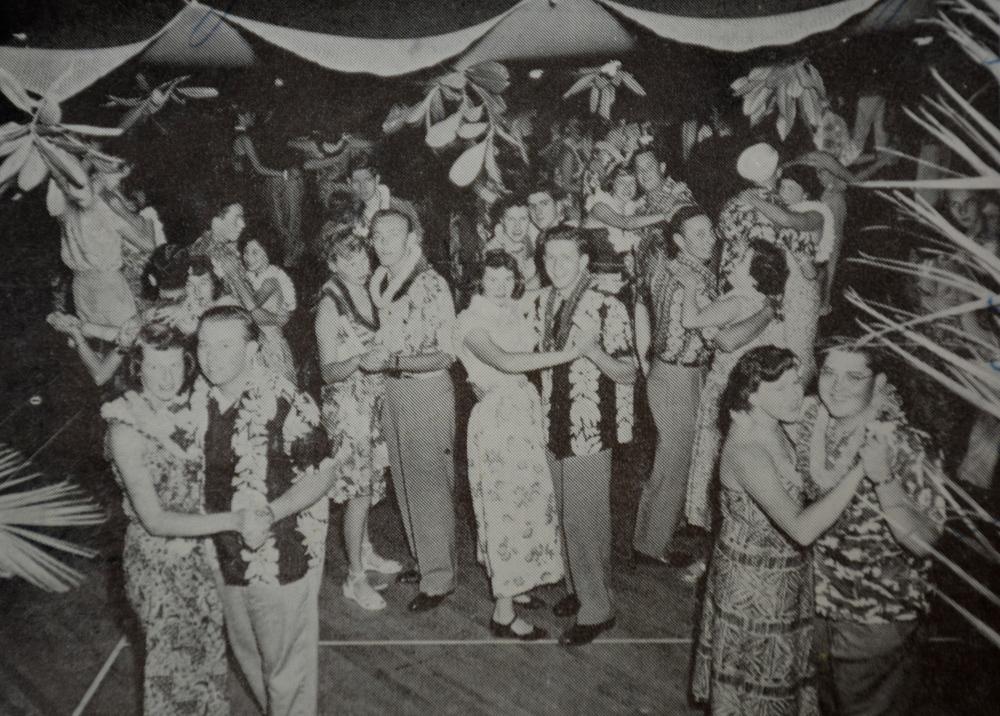
Moving on to the 1960s- the age of love, drugs, sex, rebellion and rock and roll. The most distinct element of these dances is the music: live rock and roll. The lead guitarist, who has an obviously Beatles-influenced haircut, performs alongside his bass player. In between them sits the center drummer with the band name in bold letters on the front of the bass drum. From the same year, we see an electrified class grabbing at balloons falling from the sky. You can almost hear the echoes of screams coming from every gaping mouth in the room.
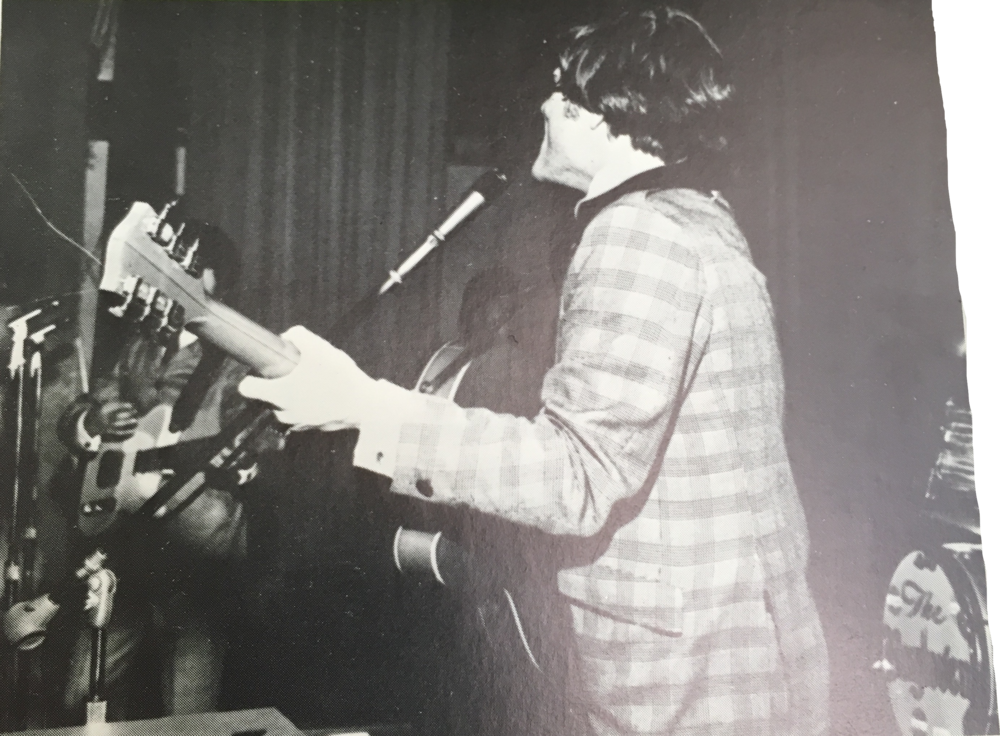
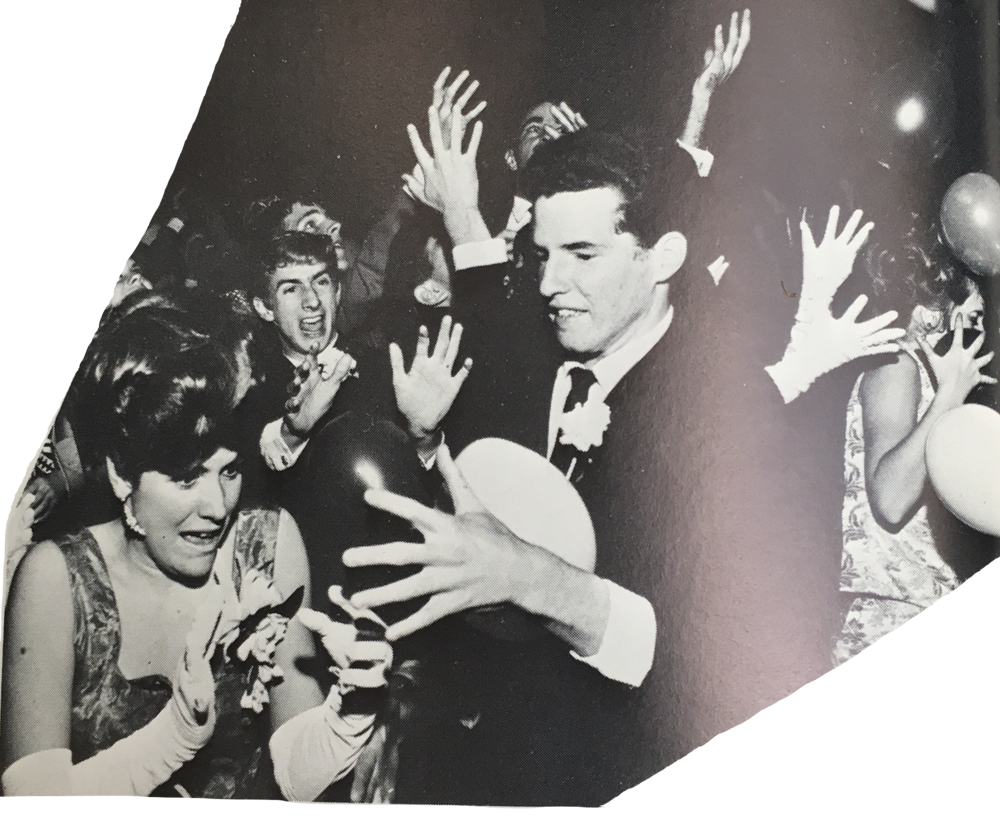
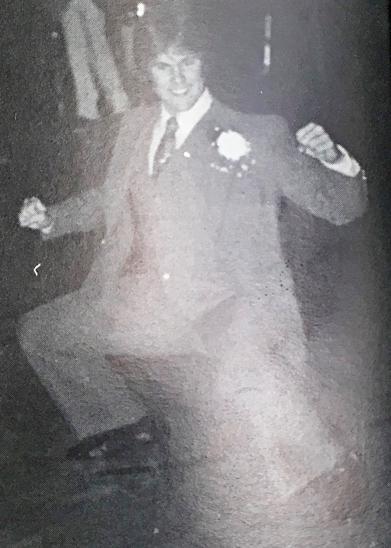
Moving past the ‘70s, we enter the 1980s, the era of pop. The names Michael Jackson, Madonna, Whitney Houston and Prince rocked Billboard charts. These musicians brought a wave of energy that shook the young generation to their feet. Kids seemed only to care about one thing: having fun. It’s a feeling that’s hard to capture in words. Instead, this feeling of happiness is best seen in the expression of one nameless BHS student from 1982. His knees are bent, his arms are out wide, and he loves the camera.
Recently, I sat down with Dean Fred Wolfgramm, a 1990 BHS alumnus, to hear his perspective on how BHS school dances have changed since he was a student. Wolfgramm remembers the frequency of dances when he was a student- there was one almost every month. He attributes this to the fact that clubs no longer sponsor dances and that nowadays both students and schools spend far more on dances. One BHS junior Ariana Ebling says she can spend upwards of $200 on a single dance due to the cost of a ticket, the party bus, a corsage, make-up, and a new dress- typical expenses for any female student attending a dance.
Wolfgramm fondly remembers the music naming some big artists at the time- Abba, A-ha, Wang Chung, and Wolfgramm believes “While these artists were all part of the pop genre, each one seemed to have their own distinct sound.” In addition, there were far more slow songs at Wolfgramm’s school dances. Ebling said she was disappointed last year to see a lack of slow paced songs at the 2015 Winter Formal.
Lastly, when I asked Wolfgramm if he remembered who he took to the dances, he let out a chuckle and a simple “yes” and said nothing more.
The Burlingame B would like to thank the Yearbook Advisor Michelle Riley and the Yearbook staff for lending their record of yearbooks that helped make the photos and much of the information in this spread possible.








































